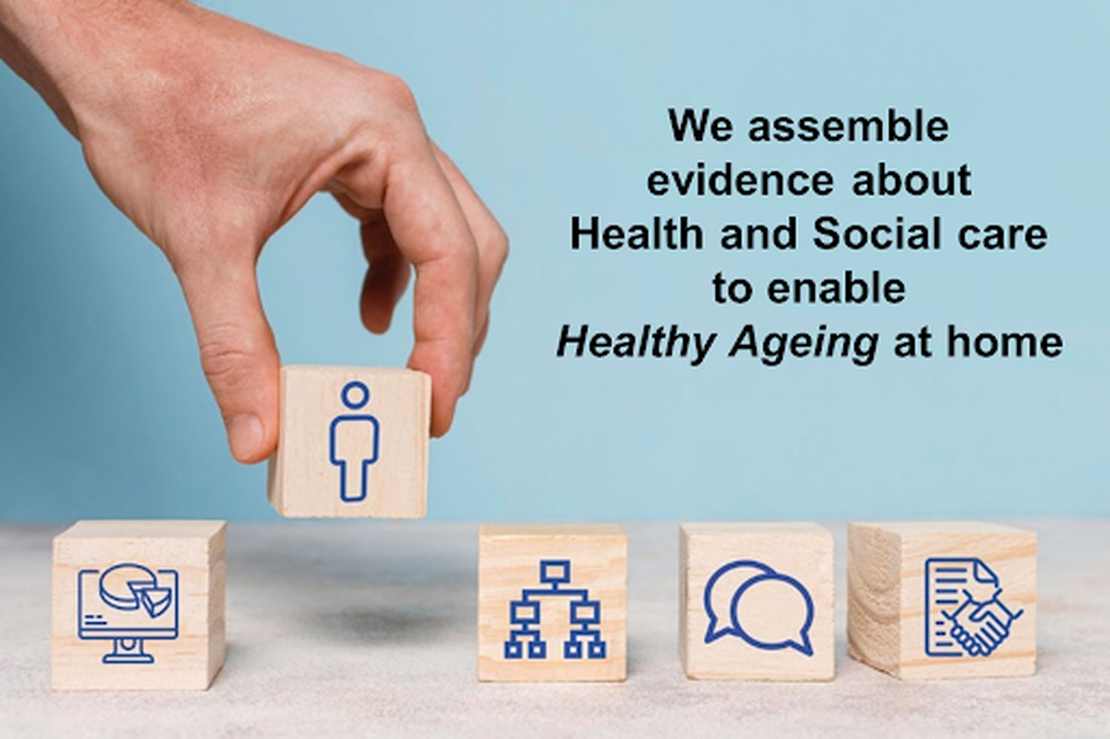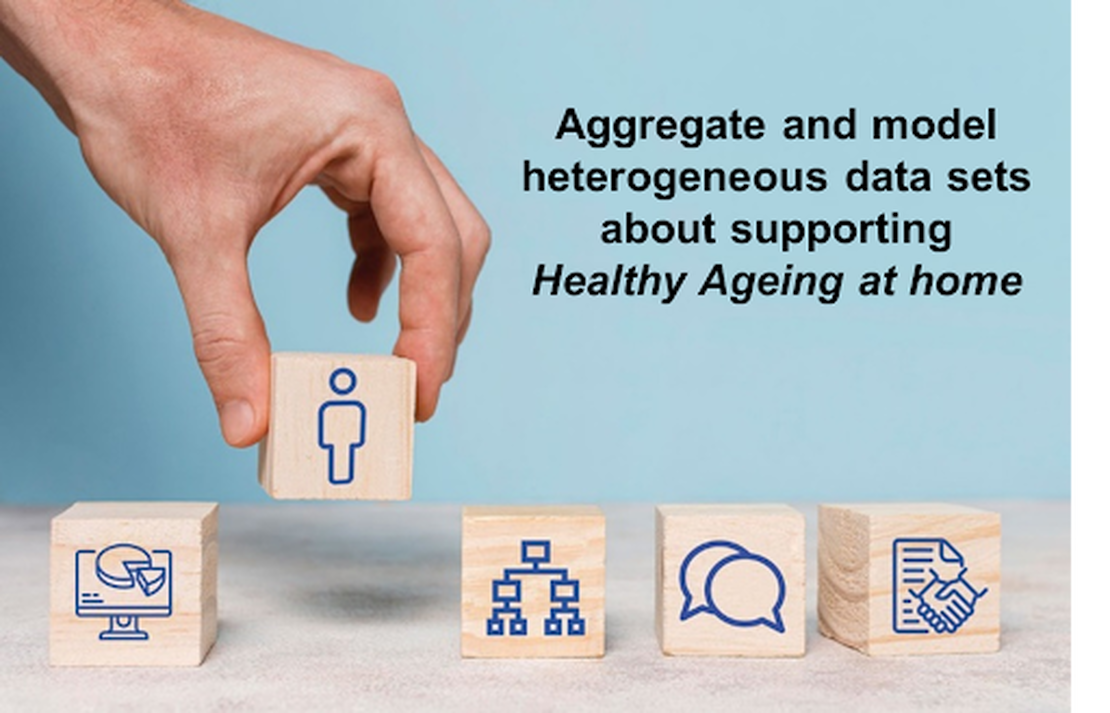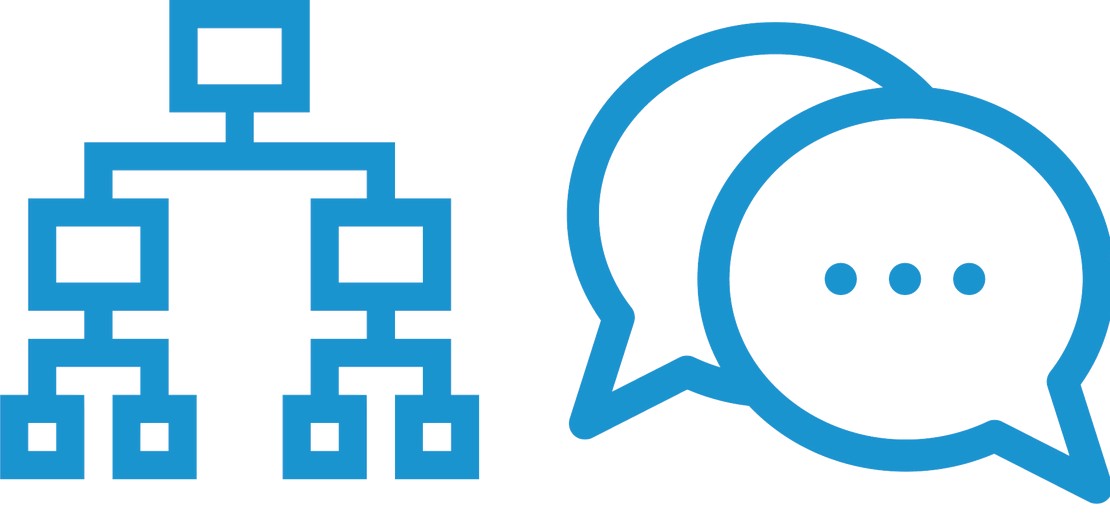
The current care delivery model must be adapted to address healthy ageing challenges
Operationalization of recommendations of WHO-ICOPE (Integrated Care for Older People) framework requires the capacity to:
-
Measure Health (Not Illness)
- Go from curative care focused on diseases to preventive personalized care focused on persons’ functional ability
-
Move Outside the '4 Walls'
- Go from synchronous care delivery within the point-of-care to distributed care services enabling ageing-in-place
-
Trace Care Pathways
- Go from fragmented care service delivery to traceable processes supporting the continuum of care pathways
-
Intervene Earlier
- Go from reactive responses to acute episodes to proactive interventions supporting at-risk populations
-
Decide Together
- Go from siloed and informal decision-making to shared decision-making supporting joint accountability
-
Interface Datasets
- Go from non-interoperable Health & Social related data sets to interoperable data hubs

OLYST makes preventive Integrated Care implementable and scalable
The transformation of the current healthcare model requires interventions integrating clinical care and social assistance capable of supporting preventive actions aimed at pre-frail and fragile older people (segment which corresponds to approximately 35% of 60+ year olds in France). To achieve this, professionals in the Health Social care sectors need shared data to implement a new model of integrated, person-centered care, as recommended by the WHO (ICOPE approach - “Decade of the United Nations for Healthy Aging 2021-2030). Our platform aggregates and models heterogeneous data (using a method called “knowledge graph”) to offer Health and Social Care professionals a library of shared protocols and recommendations to help make daily decisions. Thus, OLYST helps professionals to better organize themselves in order to engage with fragile persons TOGETHER (Health + Social care) and EARLIER (before entry into irreversible dependency).

Challenge: Know what to do when “weak signs” of frailty appear
Outcomes: Care workers are able intervene earlier, before dependency becomes irreversible
Integrated teams can collect Health and Social related data – including Social Determinants of Health (SDoH). Teams are able to formalise a cohort view of at-risk ageing population

Challenge: Know what to do when “weak signs” of frailty appear
Outcomes: Older persons obtain better integrated care where they live
Interventions can be secured through contextualised protocols and person-centred recommendations. Patterns of disruption of care delivery services can be traced and predicted

Challenge: Integrate health and social care delivery systems
Outcomes: Stakeholders obtain shared evidence about impact of integrated care interventions
New metrics about network integration across multiple points of Health and Social care facilitate the adoption of Outcome-based care delivery processes
Novel remuneration models can be linked to machine readable evidence about at-risk ageing population

Ready to get started?
Our team brings 30+ years of experience implementing industrial predictive maintenance programs via Internet of Things platforms. We are betting that lessons learned in more mature industrial sectors can accelerate the organizational changes needed to meet the challenges of “Healthy Ageing” implementation.
Contact us if you are interested in embarking on the operationalization of the “integrated care” organisational models.